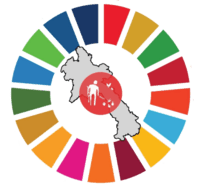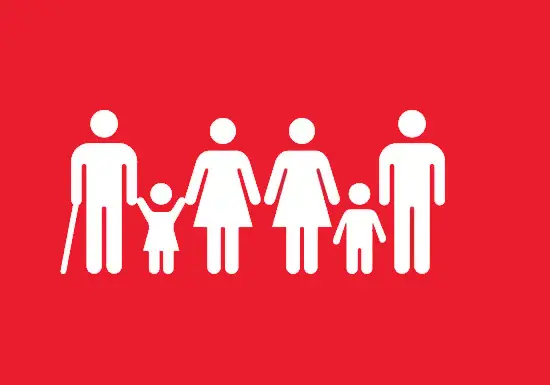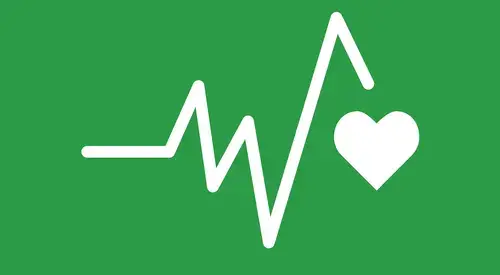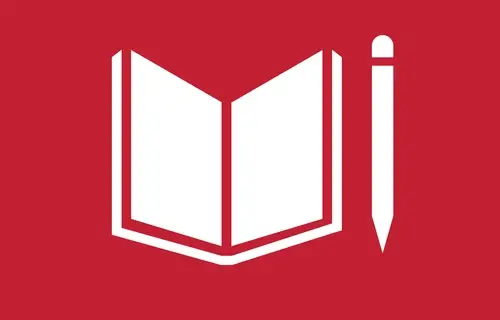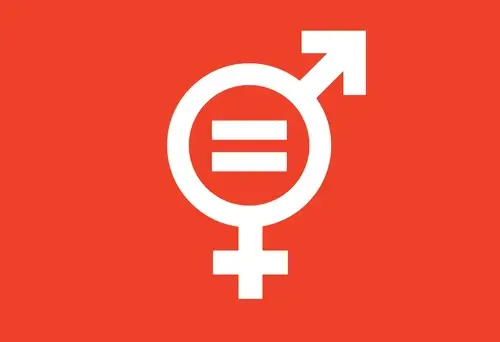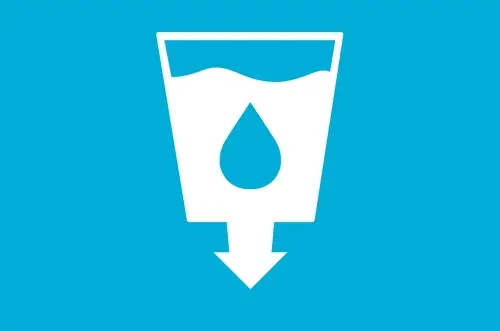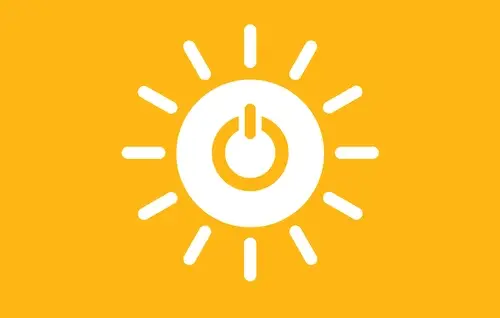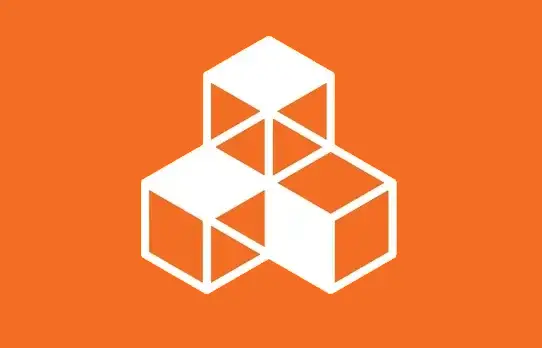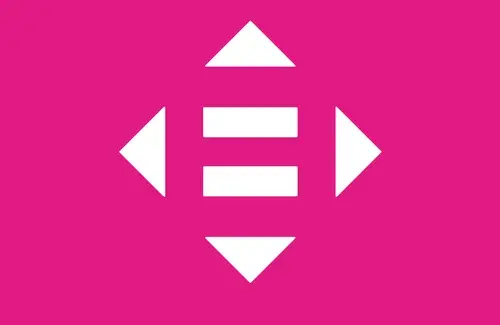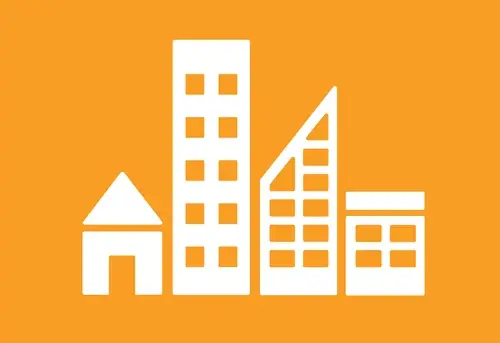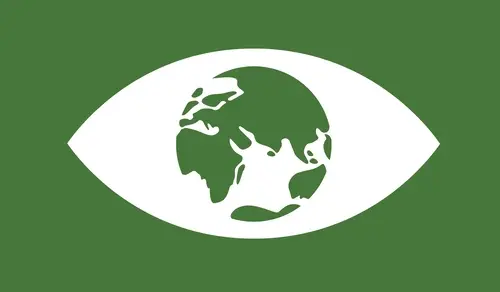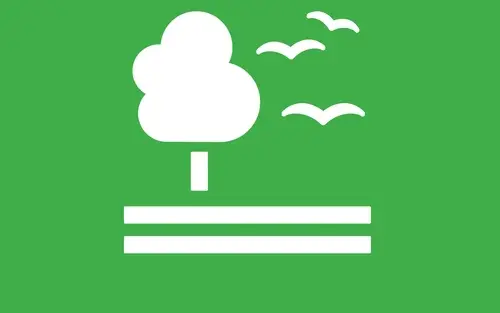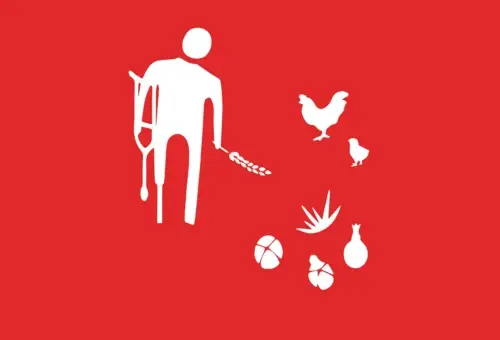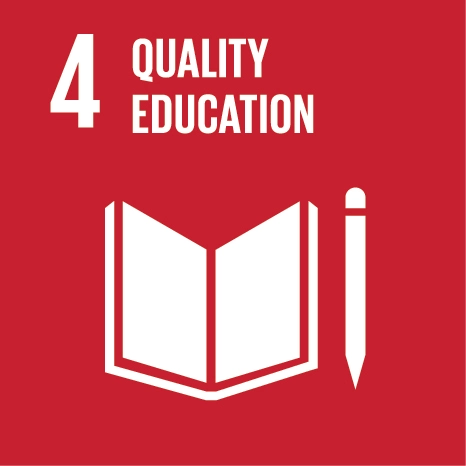
Ensure inclusive and equitable quality education and promote lifelong learning opportunities for all
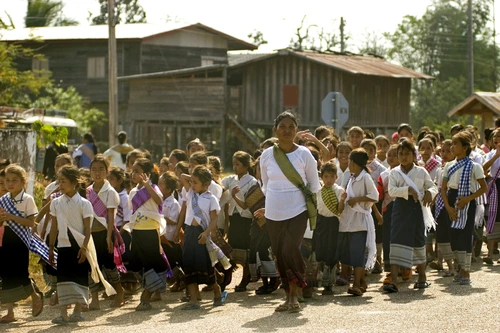
4.1 By 2030, ensure that all girls and boys complete free, equitable, and quality primary and secondary education leading to relevant and effective learning outcomes.
4.2 By 2030, ensure that all girls and boys have access to quality early childhood development, care, and pre-primary education so that they are ready for primary education.
4.3 By 2030, ensure equal access for all women and men to affordable and quality technical, vocational, and tertiary education, including university.
4.4 By 2030, substantially increase the number of youth and adults who have relevant skills, including technical and vocational skills, for employment, decent jobs, and entrepreneurship.
4.5 By 2030, eliminate gender disparities in education and ensure equal access to all levels of education and vocational training for the vulnerable, including persons with disabilities, indigenous peoples, and children in vulnerable situations.
4.6 By 2030, ensure that all youth and a substantial proportion of adults, both men and women, achieve literacy and numeracy.
4.7 By 2030, ensure that all learners acquire the knowledge and skills needed to promote sustainable development, including, among others, through education for sustainable development and sustainable lifestyles, human rights, gender equality, promotion of a culture of peace and non-violence, global citizenship, and appreciation of cultural diversity and of culture's contribution to sustainable development.
4.a Build and upgrade education facilities that are child, disability, and gender-sensitive and provide safe, non-violent, inclusive, and effective learning environments for all.
4.b By 2020, substantially expand globally the number of scholarships available to developing countries, in particular least developed countries, small island developing States, and African countries, for enrollment in higher education, including vocational training and information and communications technology, technical, engineering, and scientific programs, in developed countries and other developing countries.
4.c By 2030, substantially increase the supply of qualified teachers, including through international cooperation for teacher training in developing countries, especially least developed countries and small island developing States.
4.1.1 Percentage of students (i) in grades 2 and 3 primary education, (ii) at the end of primary education (grade 5), and (iii) at the end of lower secondary education achieving at least a minimum proficiency level in reading and mathematics by sex, ethnicity, disability status, and province as available.
4.1.2 Administration of a national-representative learning assessment (i) in grades 2 and 3 primary education, (ii) at the end of primary education (grade 5), and (iii) at the end of lower secondary education.
4.1.3 Gross intake ratio to the last grade of primary education and lower secondary education.
4.1.4 Completion rate (Primary education, lower secondary education, and upper secondary education) by sex.
4.1.5 Out-of-school rate for children of primary school age, lower secondary school age, and upper secondary school age, by sex.
4.1.6 Percentage of children over-age for grade in primary education and lower secondary education.
4.2.2 Participation rate in organized learning (one year before the official primary entry age) by sex.
4.2.3 Gross early childhood enrollment ratio in pre-primary education and early childhood education development by sex.
4.3.1 Participation rate of youth and adults in formal education, non-formal education, and training in the last 12 months by sex.
4.3.2 Gross enrollment ratio for tertiary education.
4.3.3 Participation rate in technical-vocational education programs (15-24 years old).
4.4.1 Percentage of youth (15-24) having used the computer/internet by type (level) of ICT skill, by sex and by residence:
- Computer users (Female)
- Internet users (Female)
- Computer users (Male)
- Internet users (Male)
4.5.1.a Female/Male Gender parity indices for gross enrollment:
- Primary
- Lower Secondary
- Upper Secondary
4.6.1.a Percentage of adult (15 years old and above) population reporting ability to read and write by sex.
4.6.1.b Percentage of youth 15-24 years old reporting ability to read and write (Total, Female, Male):
- Age 15-19 years
- Age 20-24 years
4.7.2 Percentage of universities, TVET, and teacher education institutions with sustainable campus.
4.a.1 Proportion of schools with access to (a) electricity; (b) the Internet for pedagogical purposes; (c) computers for pedagogical purposes; (d) with adequate sanitation facilities (toilets) segregated by sex; (e) with hand washing facilities as per national standard; (f) with adapted infrastructure and materials for students with disability; and (g) primary schools that have WASH facilities meeting national standards.
4.b.1 Volume of official development assistance flows for scholarships by sector and type of study.
4.c.1 Percentage of teachers having completed teacher-education program 'trained teachers' (Female/Male):
- Primary
- Lower Secondary
- Upper Secondary
